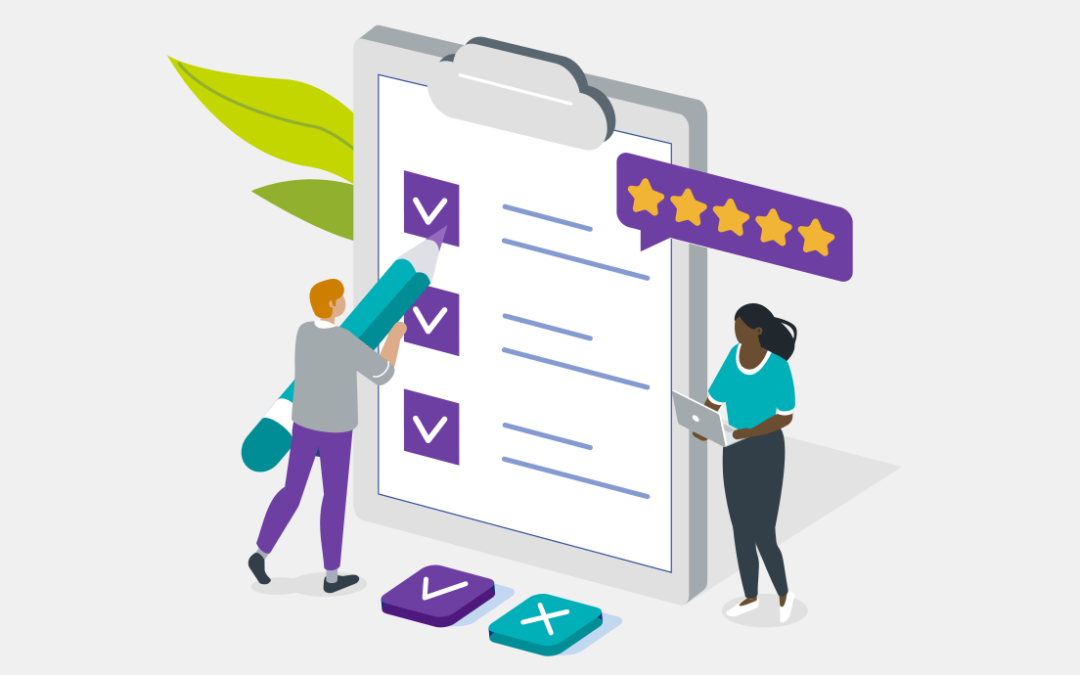How associations can develop a better content strategy for increased member retention.
We’ve all heard the expression “content is king.” Propelled into the lexicon in 1996 by Bill Gates in an essay of the same name, the notion revolutionized the way we think about content and the internet. The idea is that if content is relevant, high quality, and interesting, an audience will pay to consume it.
Fast forward two decades, and today’s members and learners are more discerning than ever about their content. Indeed, as predicted, they expect it to be relevant, high quality, and interesting, but also accessible anywhere, anytime, on any device, and increasingly personalized (i.e. Amazon and Netflix).
If you couple this with generational shifts in the workplace and increased opportunities for learning outside of association membership, you can begin to understand the need for a comprehensive content strategy. Here are a few ideas to get you started.
Deliver the relevant, engaging content your members want
Content is an association’s most valuable asset. In fact, it’s the driving force of any successful e-learning program. When examining what attracts members to continuing education programs, the quality of content trumps both price and convenience. It’s what engages your learners and brings them back for more, and as an association, you are in a unique position to capitalize on your abundance of industry knowledge and expertise.
However, according to our 2018 Member Education and Career Development Report, of the members who felt the continuing education offered by their association was just “fair” or “poor,” they were most likely to criticize the content for not being engaging or specific enough. One way to avoid this fate is to make sure your content does the following:
- Shares fundamental knowledge
- Offers practical tips with detailed information on how to implement
- Conveys ongoing shifts and trends
- Clearly resonates
It’s also a great idea to conduct member interviews, put together a focus group, and/or send surveys to determine the areas in which members are most interested. When considering the submitted topics, ask yourself which members you’d be targeting and how it would benefit them. If you can answer those questions sufficiently, you’re on the right track.
Offer a variety of formats
According to our 2018 Member Education and Career Development Report, members are consuming learning in a variety of different ways (five on average). As the trend toward multimodal learning continues, be sure to offer a variety of modalities to your learners. You might consider in-person events, microlearning, on-demand courses, webcasts and webinars. Delivering your content in a variety of formats will ensure you reach the most members, increasing opportunities to drive revenue
Segment, Segment, Segment
Not all members are created equally. The benefits and value members get from being part of an organization change, grow, and evolve as members age and advance in their careers and so do their preferences.
Do you have members who are new to the profession? If so, what will be the most relevant to them now? What about mid and senior level careerists? You need to appeal to each of your learner segments in different ways, based on their objectives. Think about what each of these learner personas is looking for in an education program and how they prefer to consume content. Lay out these preferences and create a plan to meet the needs of each group.
For example, based on our research, early careerists are far more interested in content that helps them along their career path. If your association is struggling to attract younger members, this is a phenomenal area on which to focus your attention. Also, don’t forget about your association management system (AMS). Examining member data will help you deliver targeted content about your continuing education offerings, based on demographics and the preferences they’ve already self-identified within the software.
Find the right partner
As members seek professional development to stay up to date on best practices, become more competent in their job, and learn new skills, the ability to provide engaging, quality content is key, but it’s not always easy. If developing content seems overwhelming, consider working with a content development partner. The right partner will invest in a shared vision for your education program and content goals, while helping you stay on budget.


